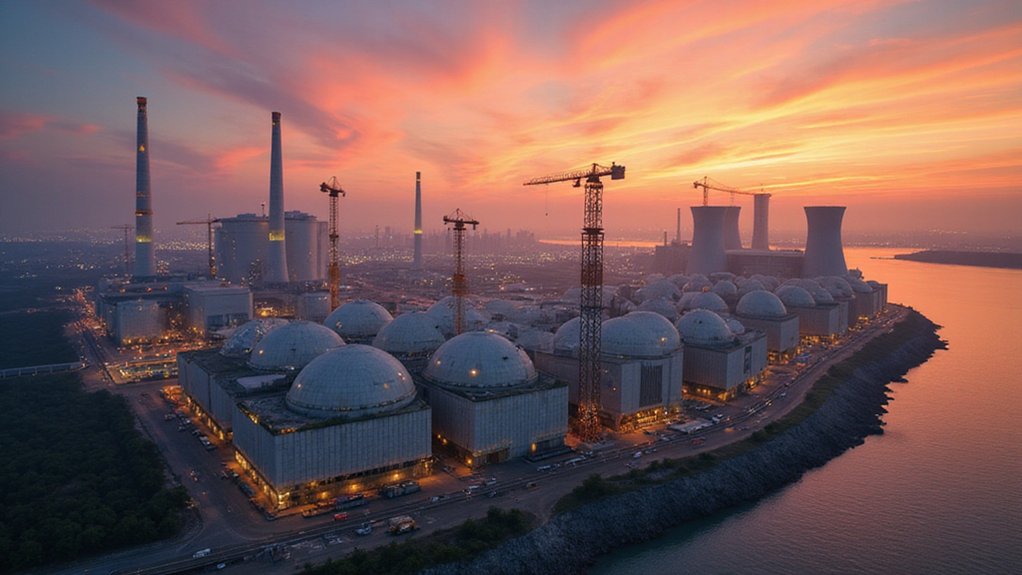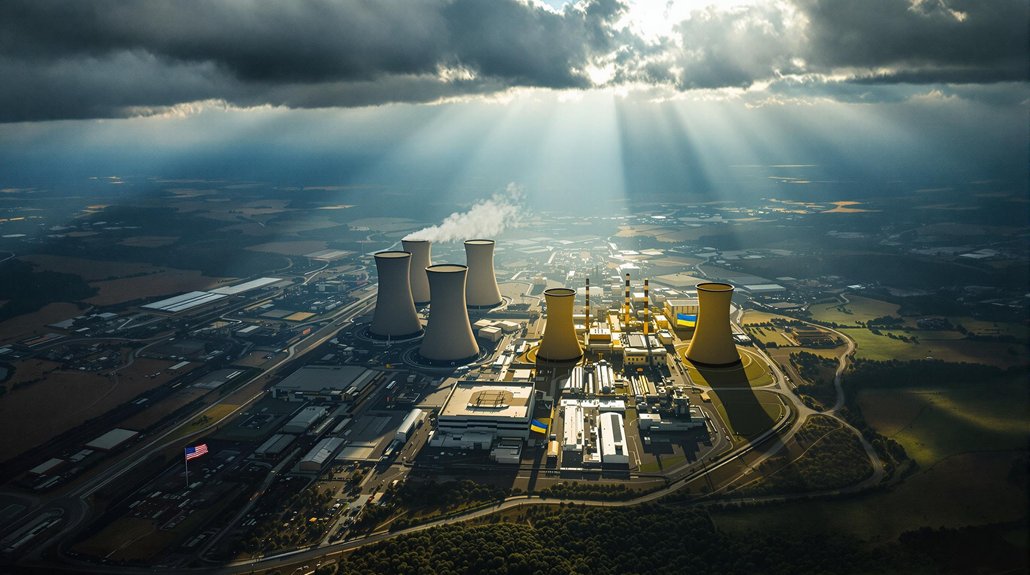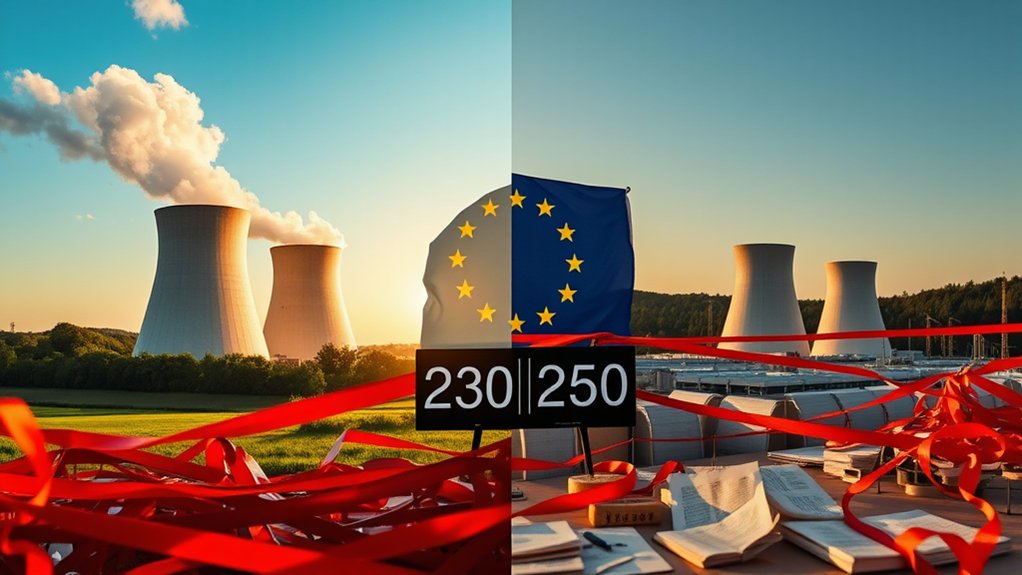As Missouri grapples with skyrocketing energy demands fueled largely by artificial intelligence and data centers, the state finds itself at a nuclear crossroads. The Callaway Energy Center—Missouri’s only commercial nuclear reactor—currently supplies a modest 14% of the state’s electricity. Not exactly impressive, but it’s something.
Since 2021, energy demand has shot up with no end in sight. Tech companies keep building those massive server farms. They need power—tons of it. And someone’s got to keep the lights on, right?
Missouri wasn’t picked randomly for nuclear expansion. Federal officials tapped the state as one of seven for nuclear planning, likely due to its existing infrastructure and growing power needs. The feds clearly think Missouri has what it takes. Or maybe they just ran out of options.
The state’s nuclear ambitions don’t stop at planning meetings. Missouri landed a spot hosting a national Nuclear Summit, bringing together heavy hitters from the Department of Energy, utility companies, and academic institutions. Fancy conferences won’t build reactors, but they’re a start.
Current regulations aren’t exactly helping things move quickly. New executive orders aim to cut through red tape for advanced reactor deployments, potentially exempting projects from certain environmental reviews. Bureaucracy, meet sledgehammer.
Of course, there’s the small matter of who pays for all this. Residents might face higher utility bills. Nuclear plants cost billions—someone’s wallet is getting lighter. The state is receiving technical assistance from both the National Governor’s Association and the U.S. Department of Energy to develop viable financing options. Industry stakeholders promise jobs and energy independence, but critics wonder if those data centers will actually materialize to justify the massive investment. Wouldn’t that be a fun conversation with taxpayers?
Meanwhile, the University of Missouri quietly operates two research reactors, perhaps offering a glimpse of innovation to come. The nuclear future might be closer than we think. Or it might be another expensive pipe dream. Either way, Missouri’s betting big on the atom. The rise of AI has significantly strained the grid as these processes require substantially more energy than traditional computing operations. While nuclear power remains controversial, the state could expand its renewable portfolio since wind and solar are projected to generate over 30% of power globally by 2030.
References
- https://dnr.mo.gov/communications/news/state-missouri-selected-nuclear-summit
- https://www.hindustantimes.com/world-news/us-news/missouri-eyes-nuclear-expansion-in-decades-what-does-it-mean-for-residents-101752836620065.html
- https://www.missourinet.com/2025/04/10/federal-government-chooses-missouri-for-nuclear-energy-planning/
- https://showmeinstitute.org/blog/energy/what-could-new-executive-orders-on-nuclear-mean-for-missouri/
- https://globalflowcontrol.com/newsroom/missouri-gathers-momentum-for-nuclear-energy-expansion/








